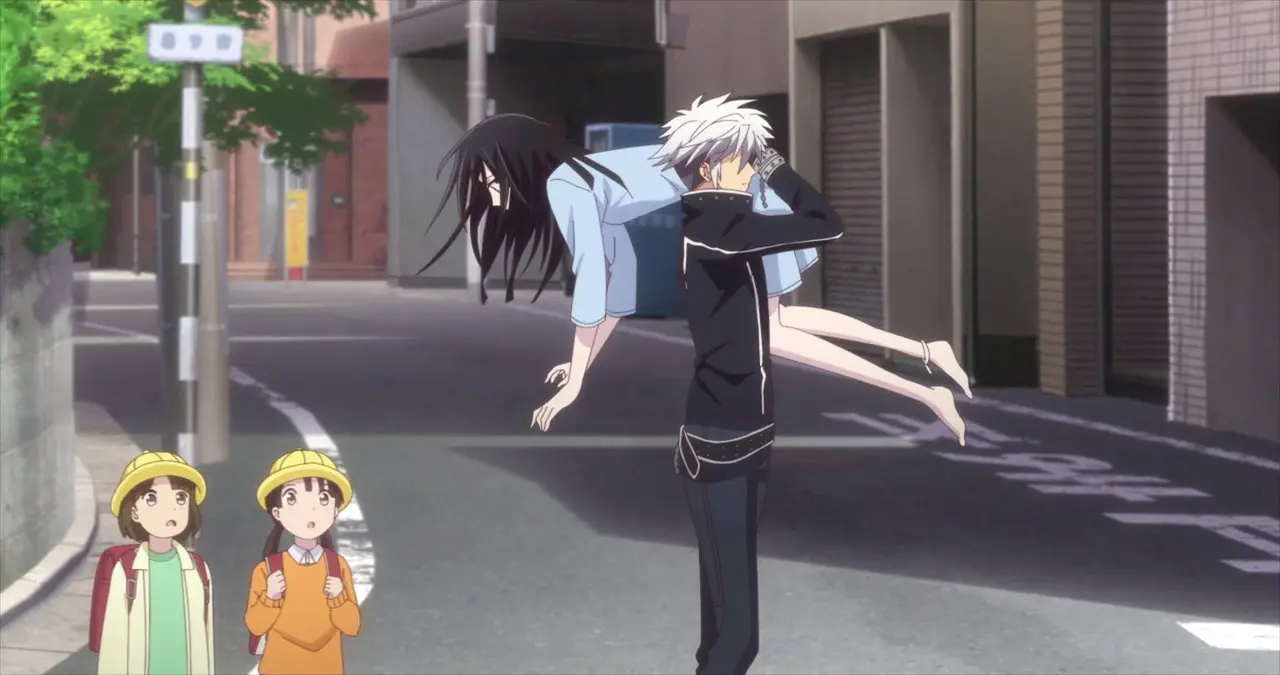OTS Carry: The Tactical Lifesaver You Didn’t Know You Needed

OTS Carry: When you’re deep in the thick of things whether that’s on the battlefield, during a wilderness rescue mission, or simply navigating emergency scenarios the ability to carry an injured person swiftly and safely can be the difference between life and death. One of the most effective, practical, and under-discussed techniques in such high-stakes environments is the OTS carry. This powerful method combines tactical efficiency with human strength and precision, proving indispensable in combat zones, search-and-rescue operations, and first-responder scenarios.
Let’s break it down, understand its real-world applications, and appreciate why the OTS carry has become such a critical technique in life-saving situations around the world.
What is the OTS Carry?
The OTS carry stands for “Over The Shoulder” carry, and it’s exactly what it sounds like a method of carrying someone by hoisting them over your shoulder. Sounds simple? It is in theory, but the proper execution is key to ensuring it’s effective, safe, and sustainable over longer distances.
This method has been used in military settings for decades. Soldiers are trained to perform the OTS carry under fire, often needing to extract a wounded comrade from a dangerous situation as fast as possible. It works by using the body’s natural strength zones especially the legs and back to lift and support the person without requiring fancy equipment.
The beauty of the OTS carry is its adaptability. It can be performed solo in situations where no stretchers or backup are available. It’s also an essential part of survival training, where individuals must prepare to manage emergencies in isolation.
Why the OTS Carry is a Game-Changer in Tactical Scenarios
In situations where seconds matter, the OTS carry allows for quick movement of an incapacitated person. Whether that’s in a combat zone, a collapsed building, or an accident in the wilderness, this carry technique provides a solution that’s both fast and effective.
One key reason the OTS is so widely adopted in tactical operations is that it frees up the carrier’s non-dominant hand. This means that even while transporting someone, you can still hold a weapon, flashlight, or communication device—huge advantages when the environment is chaotic or hostile.
It’s also relatively easy to teach. Military personnel, firefighters, and even outdoor survivalists often train in this method because it doesn’t require advanced physical conditioning. Of course, strength helps, but with good technique, the OTS carry can be performed by almost anyone trained in the basics.
How to Perform an OTS Carry Effectively
Executing the OTS carry correctly is all about posture, positioning, and controlled movement. First, approach the injured individual from the side or front, checking for responsiveness and possible injuries that might be aggravated by movement. Then, position them upright if possible.
Once ready, you squat down beside them, wrap one of their arms across your shoulders, and with a firm grip under their knee or opposite thigh, hoist them across your shoulders in a diagonal position. Their torso rests on your back and shoulder, while their legs hang over your chest. This positioning helps balance the weight, keeping your center of gravity low and reducing strain.
After lifting, it’s crucial to maintain a stable gait and avoid jerky movements. The OTS carry isn’t about brute force; it’s about smart body mechanics. Breathing steadily and keeping your spine aligned make the carry sustainable over longer stretches, which is essential during extended evacuations.
Situations Where the OTS Carry Can Save Lives
Let’s paint a few pictures to show why the OTS carry is so invaluable. Imagine a combat medic under fire needing to extract a wounded teammate while moving toward cover. There’s no time to wait for a stretcher team. The OTS carry becomes their go-to move.
Or consider a remote hiking expedition where one member falls and sprains an ankle, miles from help. Without a cell signal or medical gear, a companion trained in the OTS carry could transport the injured hiker back to camp or a more accessible location.
Even in urban settings, such as during an earthquake or building collapse, first responders may use this carry when stretchers can’t reach victims due to rubble or tight hallways. The flexibility of the OTS carrier makes it ideal for these unpredictable environments.
The OTS Carry vs. Other Carry Techniques
There are numerous ways to carry an injured or unconscious person: the fireman’s carry, piggyback, cradle carry, two-person assist, and drag methods, to name a few. But among these, the OTS carries the sweet spot between speed, efficiency, and hands-free utility.
The fireman’s carry, while similar, often places more strain on the neck and back, and it requires precise balance. Piggyback carries are less stable and harder to control, especially when the carried person is fully unconscious. The OTS carries, by contrast, locks the person more securely in place while keeping the carrier relatively mobile.
In situations where dragging isn’t possible due to terrain or injury type, the OTS carries steps up. It avoids abrasions and allows for smoother navigation over debris, rocks, or uneven paths. It’s this versatility that makes it so respected across tactical and emergency response fields.
Learning the OTS Carry: Training and Drills
Just like CPR or basic first aid, the OTS carry is a skill that benefits from hands-on practice. Military personnel often drill this move repeatedly, integrating it into obstacle courses and simulated rescue operations. But civilians can and should learn it too, especially if they work in high-risk environments.
Training usually begins with demonstrations using dummies or partners. Focus is placed on proper lifting technique to avoid injury. Then come endurance drills: carrying a partner over various distances, practicing under time limits, or adding gear to simulate real-life loads.
While you don’t need to be a bodybuilder to learn the OTS carry, working on core strength, leg power, and grip endurance will help. Remember, it’s all about smart mechanics lifting with your legs, maintaining a strong spine, and using momentum properly.

Real-World Examples of the OTS Carry in Action
Throughout history, the OTS carry has shown up in dramatic rescues and combat footage. Many Medal of Honor and valor citations involve soldiers who performed carries under enemy fire. The move is ingrained in tactical doctrine for a reason it works.
In disaster scenarios, such as the Haiti earthquake or the Syrian civil war, civilian volunteers and medics have been seen using the OTS carry to save people trapped in collapsed structures. Even outside of professional contexts, hikers and campers have documented situations where this method was the only viable means of getting someone to safety.
Social media and YouTube are full of survival instructors demonstrating the OTS carry, emphasizing how important it is to know, even if you hope never to use it. These stories highlight how preparation and knowledge can transform bystanders into heroes.
Common Mistakes to Avoid with the OTS Carry
While powerful, the OTS carry can backfire if performed incorrectly. One of the most common errors is improper lifting technique. Lifting from the back instead of the legs can result in spinal strain or long-term injury. That’s why form is everything.
Another mistake is not checking the injured person thoroughly. If someone has spinal trauma, broken ribs, or compound fractures, the OTS carry could worsen their condition. In these situations, immobilization and waiting for trained rescue teams is the better route.
Also, many people don’t realize how fatiguing this can be. It might be easy for the first few meters, but without rest or a partner to alternate with, exhaustion can set in quickly. That’s why pacing, hydration, and physical conditioning are so crucial.
Adapting the OTS Carry for Civilian Use
While born in tactical fields, the OTS carry isn’t just for soldiers. Civilians in professions like firefighting, emergency medical services, or even school security can benefit from this skill. In areas prone to natural disasters or political unrest, knowing this method could save a loved one.
Workshops and self-defense classes are beginning to include practical rescue carries in their curriculum. With increasing awareness around personal safety and disaster preparedness, more civilians are embracing the importance of learning the OTS carry.
Even outdoor adventure groups and wilderness survival courses now teach it as part of basic training. You don’t need fancy gear or military training just a willingness to learn and a bit of practice.
The Psychology Behind Rescue Tactics Like the OTS Carry
There’s something deeply human about the instinct to help someone who can’t walk or move. But when the moment hits, panic can override logic. That’s where muscle memory comes in. Training the OTS carry isn’t just physical; it’s psychological preparation for high-stress action.
Confidence in the ability to carry someone safely can reduce panic and bring clarity in a chaotic moment. It also empowers individuals, giving them a sense of purpose and action when others might freeze.
Being ready to use the OTS carry means being mentally prepared to act decisively and compassionately. It turns fear into function and helplessness into heroism.
Why Everyone Should Know the OTS Carry
The truth is, you never know when you might need to move someone who’s hurt. Accidents don’t check calendars. Whether it’s a car crash, a hiking mishap, or a violent event, being prepared to act can make all the difference.
The OTS carry is one of the most valuable tools you can have in your emergency response toolkit. It’s simple enough to learn, effective across many scenarios, and powerful in the right hands. Knowledge of this carry isn’t just tactical it’s deeply human.
You don’t need to be a first responder to be a first helper. With the OTS carry, you can step into that role when it matters most.







